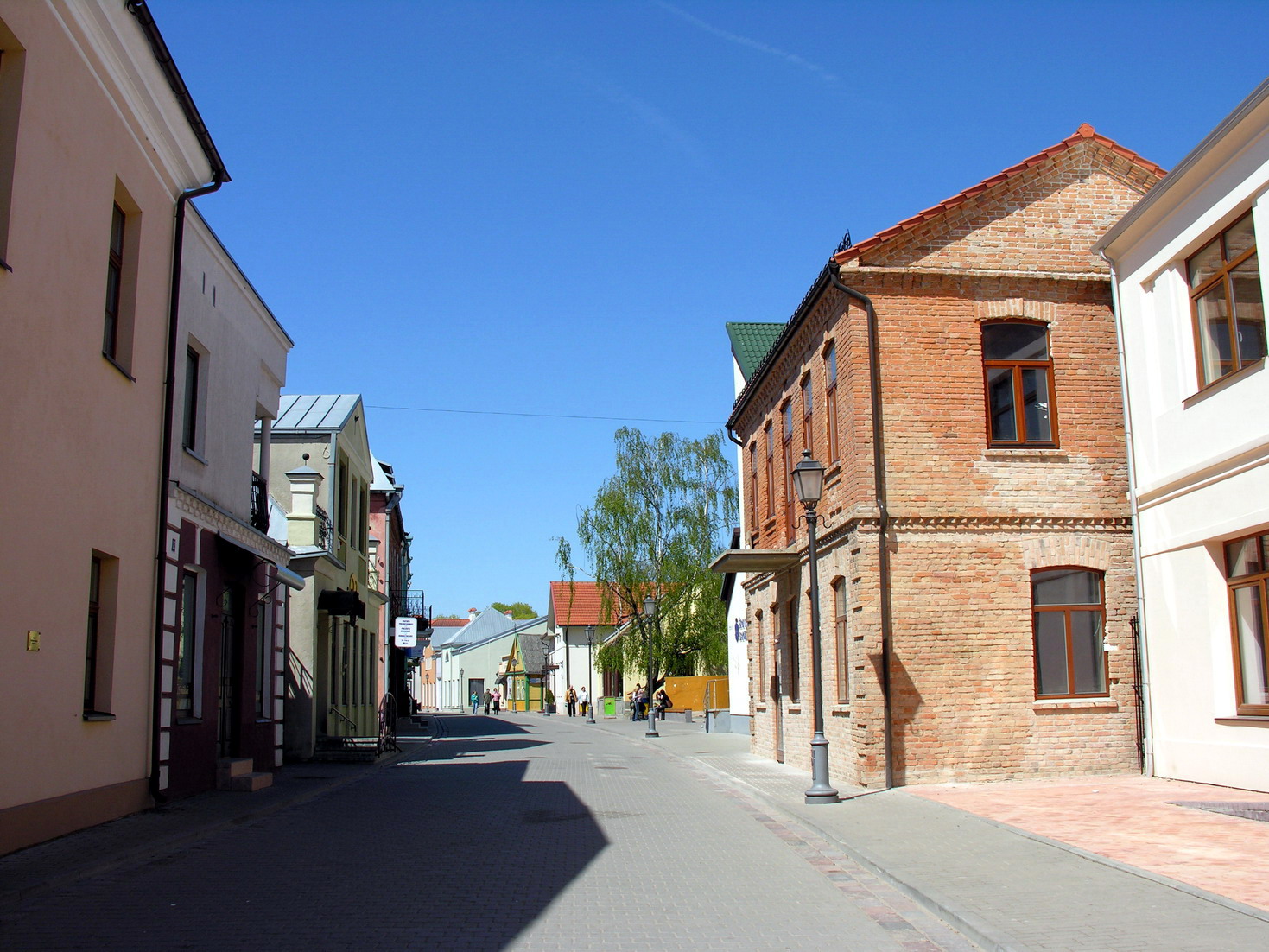- Kėdainiai
Infobox Settlement
name = Kėdainiai
nickname =
settlement_type = City
pushpin_
pushpin_label_position =
pushpin_map_caption =Location of Kėdainiai
image_shield = Kedainiai COA.gif
image_caption = Kėdainiai old town
latd=55|latm=17|lats=|latNS=N|longd=23|longm=58|longs=|longEW=E
coordinates_display= inline,title
coordinates_type =region:LT_type:city(31000)
subdivision_type = Country
subdivision_name = LTU
subdivision_type1 = Ethnographic region
subdivision_name1 =Aukštaitija
subdivision_type2 = County
subdivision_name2 =Kaunas County
subdivision_type3 = Municipality
subdivision_name3 =Kėdainiai district municipality
subdivision_type4 = Eldership
subdivision_name4 = Kėdainiai town eldership
subdivision_type6 = Capital of
subdivision_name6 =Kėdainiai district municipality
Kėdainiai town eldership
established_date = 1372
established_title = First mentioned
established_date2 = 1590
established_title2= Granted city rights
population_total = 31,226
population_as_of = 2007
timezone=EET
utc_offset=+2
timezone_DST=EEST
utc_offset_DST=+3
website= http://www.kedainiai.lt/Kėdainiai (pronunciation|Kedainiai.ogg) is one of the oldest cities in
Lithuania . It is located on theNevėžis River . First mentioned in the 1372Livonian Chronicle of Hermann de Wartberge, its population as of 2001 was 32,048. Kėdainiai old town from the 18th century is one of the largest in Lithuania.The former Town Hall, the House of Rectors, the Church of St. George, the Calvinist Church, and the House of Scotch Merchants are notable architectural sites. It was a custom that everyone arriving in Kėdainiai had to bring a stone for the construction of the town. Kėdainiai is also the location of the only
minaret in Lithuania. In all, Kėdainiai have two synagogues, one Ortodox church, one Luteran church, two Catholic churches and one Calvinist church.The city is the administrative centre of the
Kėdainiai district municipality . The geographical centre of the Lithuanian Republic is in the nearby village ofRuoščiai , located in the eldership ofDotnuva .History
The area was the site of several battles during "The Deluge", the 17th century war between the
Polish-Lithuanian Commonwealth andSweden . In 1655 a short-lived treaty with Sweden, theUnion of Kėdainiai , was signed by two members ofRadziwiłł family in their Kėdainiai castle. While little remains of theRadziwiłł castle, thecrypt of theCalvinist church (1631) houses the family mausoleum, including thetomb s ofKrzysztof Radziwiłł and his son Janusz.For a period during 1940, the town served as home to about 300 students and teachers from the
Mir Yeshiva . During theCold War it was home to Kėdainiai air base, a major military airlift facility.For many years, Kėdainiai housed a number of chemical (fertilizer) and food processing (ice cream, bread, meat, vegetables, souces) industries. Following years of stagnation, old enterprises have come back to life, and new ones have been established.
Kėdainiai district is very important growing region of
cucumber s,tomato es and othervegetable s.High schools
*College of Jonušas Radvila ("Kėdainių Jonušo Radvilos studijų centras")
Accommodation
*Hotel "Grejaus namas"
*Hotel/Restaurant "Smilga"Famous citizens
*
Mikalojus Daukša , Lithuanian writer, translator
*Czeslaw Milosz , Polish writer, Nobel Prize winner. Born inŠeteniai village
*Juozas Urbšys , Lithuanian diplomat. Born inŠeteniai village
*Viktoras Muntianas , Lithuanian politician, former Speaker of theSeimas Twin towns
*flagicon|SWE
Svalöv
*flagicon|GERSömmerda
*flagicon|ESTKohtla-Järve
*flagicon|POLBrodnica
*flagicon|POLŁobez
*flagicon|RUSRostov Image gallery
External links
* [http://postilla.mch.mii.lt/Tevuzeme/kedainiai.en.htm History of Kėdainiai]
* [http://www.kedainiai.lt/ www.kedainiai.lt]
* [http://www.visitkedainiai.lt/index.php?23874718 www.visitkedainiai.lt - Kėdainiai tourism informaion center]
* [http://www.jrk.lt/ JRK Center] College ofJanusz Radziwiłł
Wikimedia Foundation. 2010.

